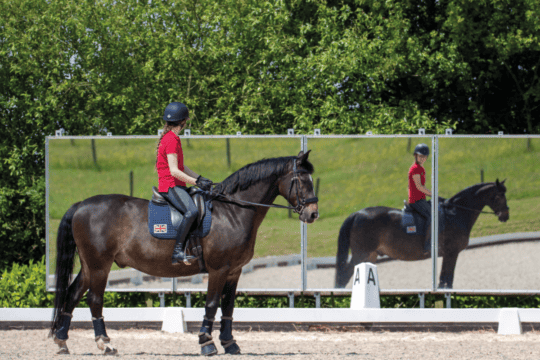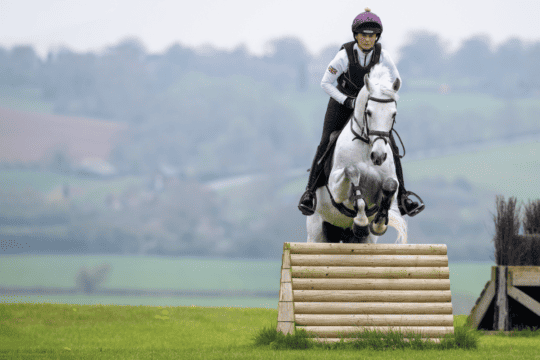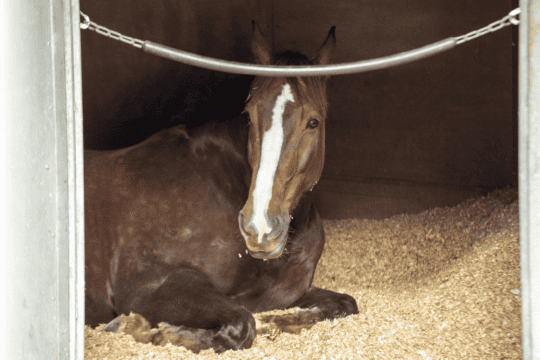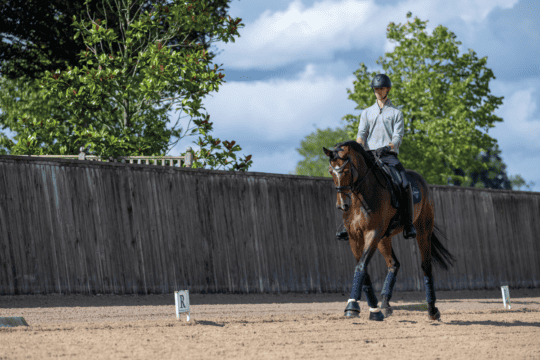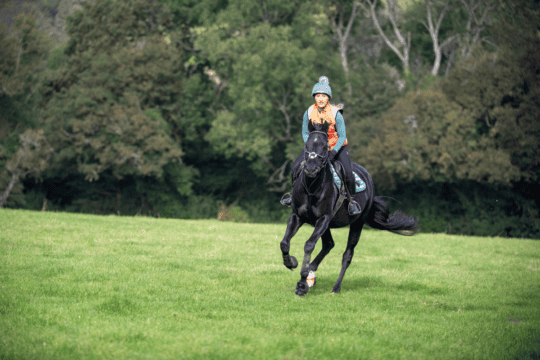Get a handle on it
Posted 6th November 2019
Happy handling? Or terrible trot-ups? Good behaviour doesn’t have to be a pipe dream. Here’s a little help from H&R to keep you on track
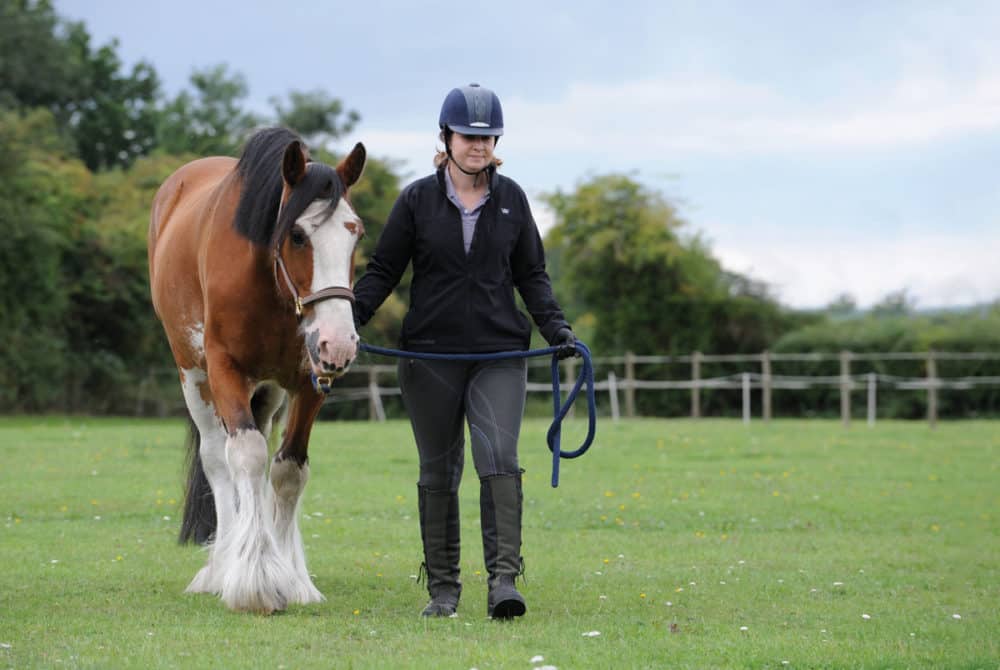
Whether your horse is foot perfect, or could do with a little reminder, horses are unpredictable and not always the easiest to judge. While some behaviours stem from ineffective training or bad habits, others are triggered by genuine fear. Regardless of the reason for his behaviour, calm, consistent handling is the solution and, with a little time and patience, your horse will learn that manners maketh man.
Tied in knots
Even otherwise well-behaved horses can be difficult to tie up. Often, this is rooted in fear of being restricted, but it’s not all doom and gloom. Let’s get started…
- begin somewhere enclosed. If your horse is comfortable in a stable, that’s ideal but, if not, a secure yard will do
- tie a haynet up to keep him occupied
- ensure the area is clear of any obstacles or objects he could get caught on, and shut any doors or gates
- pop a headcollar on, and put the end of the leadrope through a tie-up ring or quick-release attachment, but don’t tie it in a knot
- go about grooming him as usual. If he pulls back, encourage him forward and reward him as soon as he stands
By removing the restriction – in this case the tied rope – he’ll be less likely to panic when he goes to pull back. This, in turn, should help him relax and encourage him to stand quietly.
On the move
A horse who won’t stand still or barges is at best an inconvenience and at worst outright dangerous. It doesn’t take much to instil some manners, though, so get started now…
- practise moving your horse around the yard, ideally in an enclosed space, and having him stand for a few seconds before moving on
- stay next to his shoulder, and firmly ask him when you want him to stop – use your voice as well as the reins or rope
- he must be responsive to commands, often horses who are pushy tend to be behind the aids in all directions
- if he won’t stop, use the fence or wall to help. Walk him in a square with a solid barrier in front of you after each turn. As he begins to respond more appropriately, ask him to stop further away from the barrier
- once he stands still, he might fidget. If this is the case, move him forwards or backwards a step until he returns to his original spot. When his feet stop moving, praise him
- eventually, work up to a more open space. Consistency is key, so be disciplined wherever you take your horse
Pick up a copy of January Horse&Rider, on sale 14 November, for top tips on how to overcome common handling issues.


